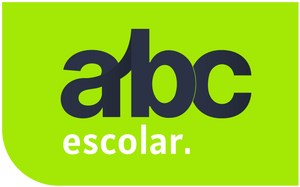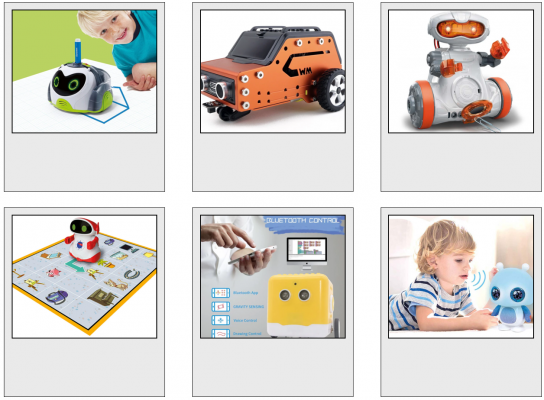The STEAM methodology is an innovative teaching model whose objective is to encourage students to learn more dynamically and freely.
In this model, it is possible to work on different contents simultaneously (multidisciplinary learning), allowing students to acquire new and varied concepts at the same time, in a more autonomous, constructive and reflective way.

The implementation of the STEAM methodology essentially aims to promote an innovative and efficient approach to learning, enabling the development of numerous essential skills for the education of all children, even those who have some type of limitation.
In fact, learning through STEAM helps develop communication, creativity, collaboration and critical thinking.
While this methodology allows students to experience and acquire new skills that are essential for solving everyday problems, this model, which provides for the integration of knowledge from Arts, Sciences, Technology, Engineering and Mathematics, also enables them to prepare for increasingly demanding challenges in terms of flexibility at work, innovation and responsibility.
STEAM methodology and student appreciation
Valuing the particularities of each student and providing training tailored to their characteristics is essential for learning to be meaningful.
This challenging and attractive learning model also provides a learning environment based on collaborative practices that will allow inclusion and cooperation among all students, without exception.
In this model, both teachers and parents can play the role of mediators in the learning process. In fact, both can help and encourage children to think, seek answers, solve problems and collaborate in finding solutions.
The application of the STEAM methodology through Robotics
Robotics is, without a doubt, a technology of the future that is already very present in our daily lives. Through robotics, children are challenged to find solutions to different problems.
In our article “ Robotics: the technology of the future that is revolutionizing learning ” , we can see how this resource can revolutionize teaching, but also how it facilitates the development of a wide range of skills/abilities.
In fact, robotics enables the application of the STEAM methodology, as it allows students to explore, experience, observe, analyze and build knowledge, through multidisciplinary learning.




